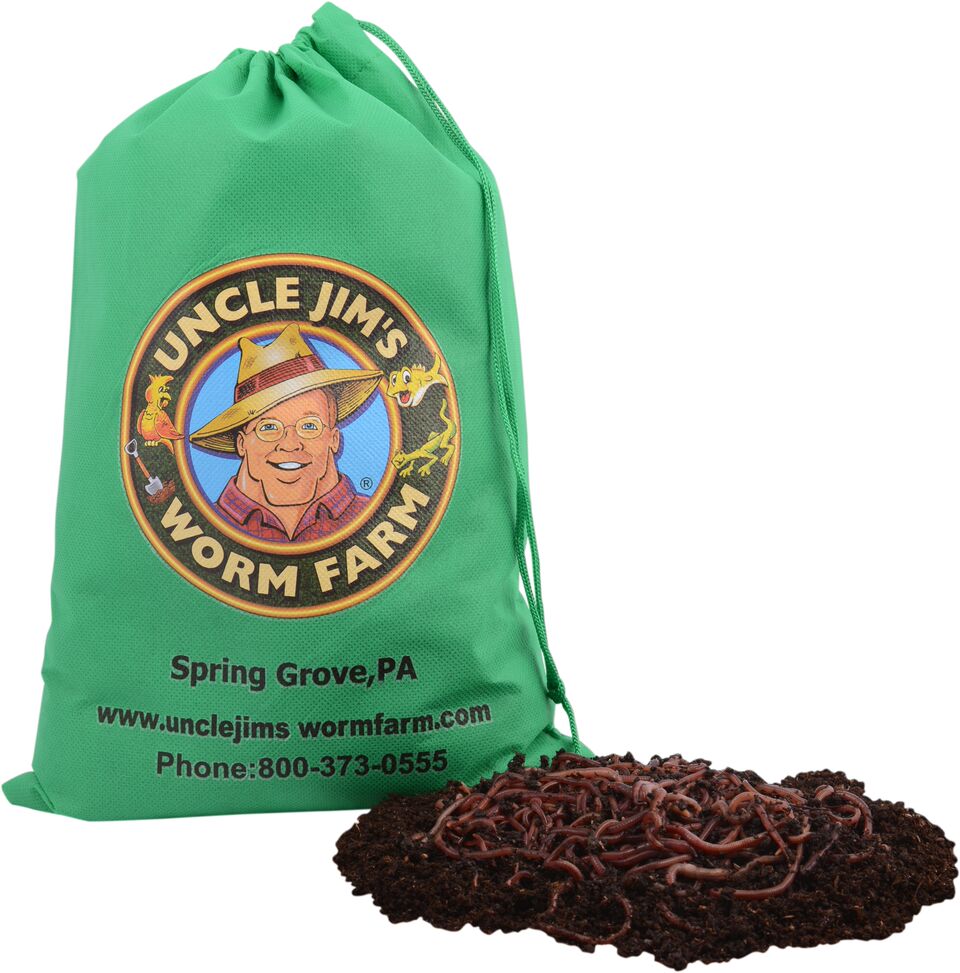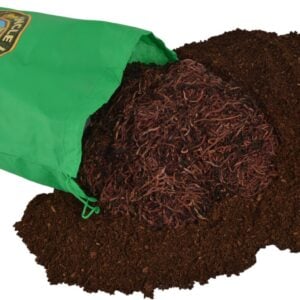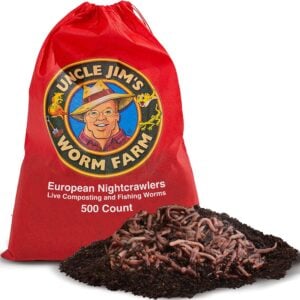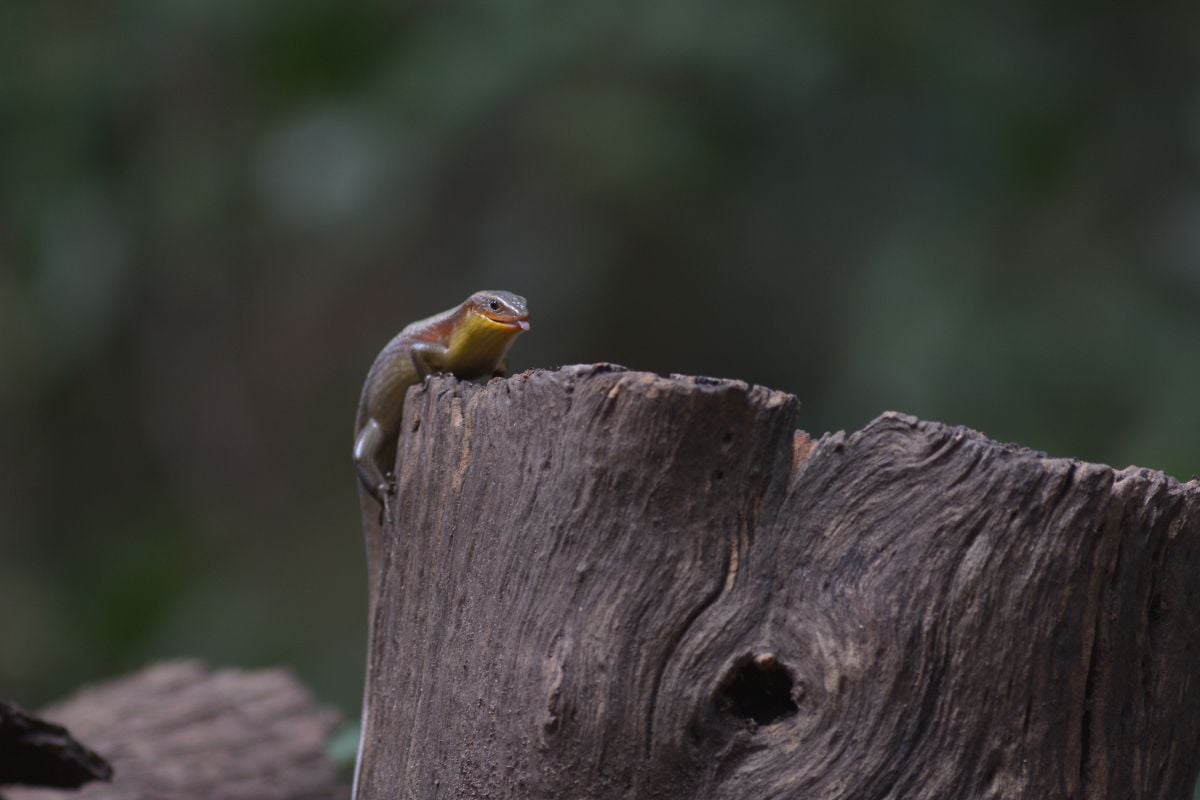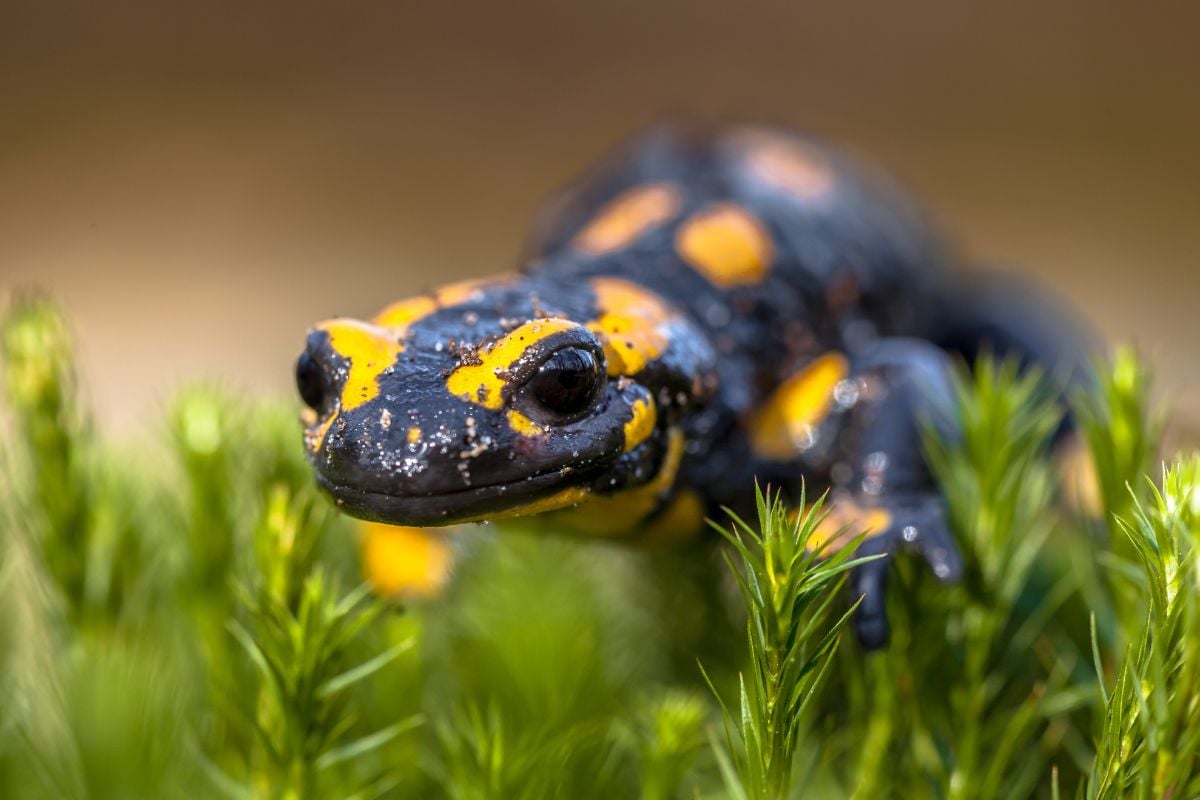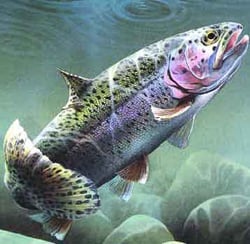
Inspired by Real Angler Experiences | Review Feedback
If you’re an angler who has had the sheer pleasure of catching a trout, you understand the allure these fish possess. They’re not just a thrilling fight on the line; they exhibit a captivating beauty and, once caught, provide a delightful meal.
Trout can be finicky eaters, so understanding what do trout eat can give you an edge. From the elegance of fly-fishing to the tried-and-true method of bait fishing, the key to a successful catch often lies in natural baits. While artificial flies and lures have their place, there’s something incredibly effective about using what trout naturally consume.
Fishing For Trout With Natural Baits
Trout diets vary, but they commonly feast on smaller prey and insects that are prevalent in their natural habitats. This is why using natural baits can be so compelling. Whether it’s the wiggle of a worm or the flutter of an insect, matching the trout’s diet is essential for enticing a bite.
Bait Fish
Small fish are a staple in the diet of larger trout. Mimicking these baitfish can lead to impressive catches. The key is in the presentation—ensuring the bait fish swim naturally to attract the predatory instincts of trout.
Crickets & Hoppers
Both crickets and grasshoppers are excellent for trout, especially when fishing in lakes or streams. Their natural movement on the water’s surface or current can prove irresistible to trout.
Worms
Perhaps the most well-known bait for trout fishing is the worm. Traditional earthworms, mealworms, and red worms are all effective, but there’s something about red worms that trout can’t seem to resist. When fishing with worms, remember that trout can sometimes be wary of large, active worms. If necessary, cut them into smaller pieces, or opt for the smaller red worms or mealworms.
Red Composting Worms: The Unparalleled Choice
Among all the choices, red composting worms emerge as the champions. Not only do they entice trout, but they also represent a sustainable, environmentally-friendly bait option. These worms can be easily cultivated at home with a worm farm kit, providing you with a steady supply for your fishing adventures.
Embrace the Natural Diet of Trout
Understanding what do trout eat and providing them with a taste of their natural diet can drastically increase your chances of a successful fishing trip. With summer upon us, it’s the perfect time to gather your bait and head to the water. And remember, when in doubt, the red composting worm is your ally in the quest for the perfect trout catch.
Happy fishing, and may your natural bait choices lead to bountiful catches!
